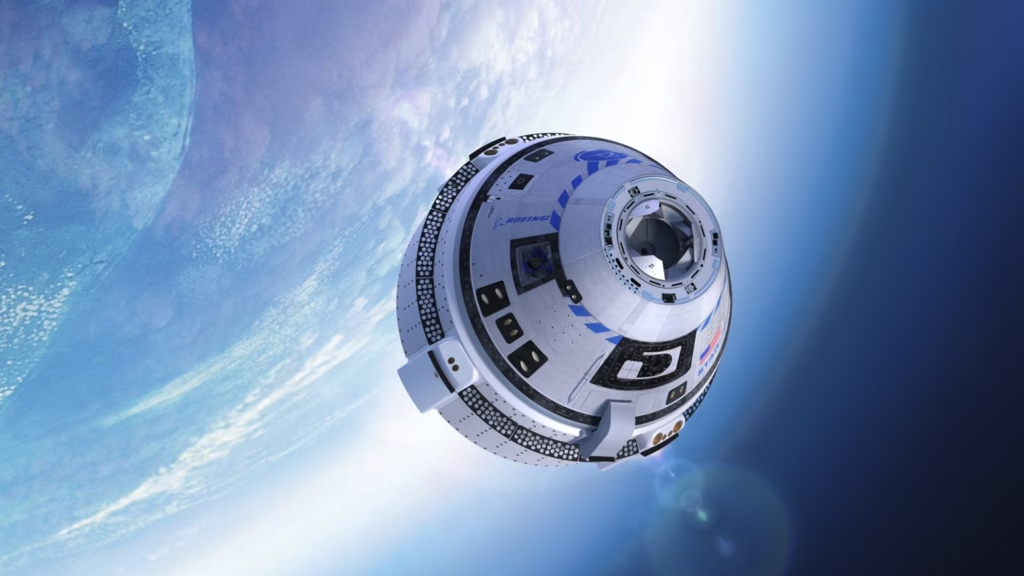
Boeing’s Starliner program has hit yet another bump in its long and rocky journey. NASA has renegotiated its agreement with the company, and the changes are significant. On the next flight to the International Space Station, the Starliner capsule will carry only cargo, leaving astronauts off the passenger list entirely.
A Program Once Full of Promise
It’s hard to believe that Starliner was once the most promising contender in America’s quest to build a spacecraft capable of ferrying both cargo and astronauts to the ISS. Over the years, though, the program has faced a discouraging series of delays, technical issues and financial losses that have now climbed beyond US$2 billion.
Starliner was supposed to enter service in 2017. Instead, its first flight didn’t lift off until 2019. Even then, certification remained out of reach as each test flight revealed new problems. The most serious involved the thrusters, which malfunctioned and left two Boeing astronauts stuck on the station for eight long months during the capsule’s first crewed mission.
A Delayed Future With No Crew Onboard
Under the updated agreement, these ongoing issues have pushed the next Starliner flight back to at least April 2026. Before that happens, the spacecraft must undergo extensive testing and recertification. And when it finally does fly, it won’t be carrying anyone—just cargo.
Fewer Flights and a Narrower Role
NASA has also trimmed the number of planned Starliner missions. Instead of six future visits to the ISS, there will now be four, and that count already includes the upcoming cargo-only trip. The remaining two flights are now only optional.
Despite the setbacks, NASA says it’s sticking with Starliner for an important reason: redundancy. Having more than one American spacecraft capable of reaching low Earth orbit helps keep missions flexible and resilient.
NASA’s Perspective Moving Forward
Steve Stich, who manages NASA’s Commercial Crew Program, emphasized that both NASA and Boeing are still working hard behind the scenes. He explained that the teams are “continuing to rigorously test the Starliner propulsion system in preparation for two potential flights next year.” The new agreement, he added, gives both organizations room to focus on safely certifying Starliner in 2026, preparing for its first proper crew rotation when ready, and keeping future missions aligned with the space station’s needs through the end of the decade.
Source: NASA

